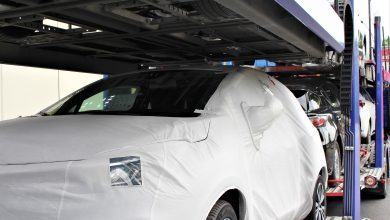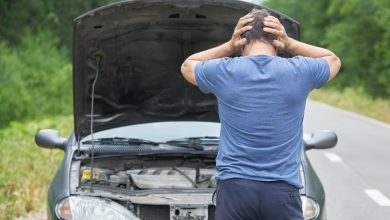The perfect spill kit for vehicles

It’s a well-established fact that businesses dealing with oils and chemicals will have a spill kit on hand. But do you need to carry one in your vehicle?
Even if this seems to be an odd thought, it’s becoming more and more common for drivers to carry a spill kit in the back of their lorry, van or car. Keep reading to find out which type of spill kit to purchase for your vehicle.
What is a spill kit?
A spill kit contains materials designed to absorb, neutralise and contain spilt chemicals to stop them from causing environmental damage, for example, by entering waterways or soaking into the ground.
What are the different types of spill kits?
- Oil spill kits (white) – these work on a range of different oil types including hydraulic oil, engine oil and lubricating oil, as well as fuels and other hydrocarbons.
- Chemical spill kits (yellow) – these are suited for use on chemical and hazardous substances spills, including oils and fuels.
- Universal spill kits (grey) – these can be used on almost all substances from solvents to mild chemicals, to coolants.
- AdBlue spill kits (blue) –specifically designed to deal with AdBlue/ diesel emission fluid spillages, they contain specialised absorbents not found in the other types.
What is included in a spill kit?
The contents of a spill kit will vary depending on the type. However, there are a few universal items that can be found in any spill kit including:
- absorbent pads: for absorbing liquids on flat surfaces
- absorbent socks: for surrounding the spill and preventing it from spreading further
- absorbent pillows: for plugging openings or placing under or around machinery
- loose absorbent: for absorbing liquids on rough surfaces (including a brush and pan!)
- a select range of personal protective equipment (PPE): to protect the user during the response process
- hazardous waste bags: to hold contaminated absorbents and PPE
- clear instructions on how to use the kit
Which vehicles need to carry a spill kit?
Most of them. All vehicles have diesel or petrol running through the engine and oil stored in the sump, which in itself poses a risk of a leak.
Any vehicle that transports liquids, especially hazardous materials, should have an appropriate spill kit on board. Also, drivers working in a job that uses chemicals – for example, mobile mechanics – should also carry a spill kit in case of an emergency or unexpected leak.
It’s important to note that failing to carry an appropriate spill kit for your vehicle’s needs could see your business landed with heavy fines if an accident should happen or any pollution occurs.
Which kit do I need for my vehicle?
Choosing the right kit for your situation is a very important decision. Getting it right allows you to respond to a spill effectively; getting it wrong could mean putting responders, goods and your vehicle in danger.
Spill kits in vehicles are only designed to deal with small spills of 20-50 litres. You can find these sizes conveniently packed in bags or small containers so they can be easily stored in the boot or under a seat.
For any spill greater than this, emergency services should be contacted straight away to avoid putting people and the environment in danger.
Author Bio: First Mats started life as safety matting specialists, but have since expanded to become a complete industrial and commercial supplies company. The focus of First Mats is to provide safety-focused products that improve the well being of staff through quality approved products, backed up by extensive knowledge. www.firstmats.co.uk





